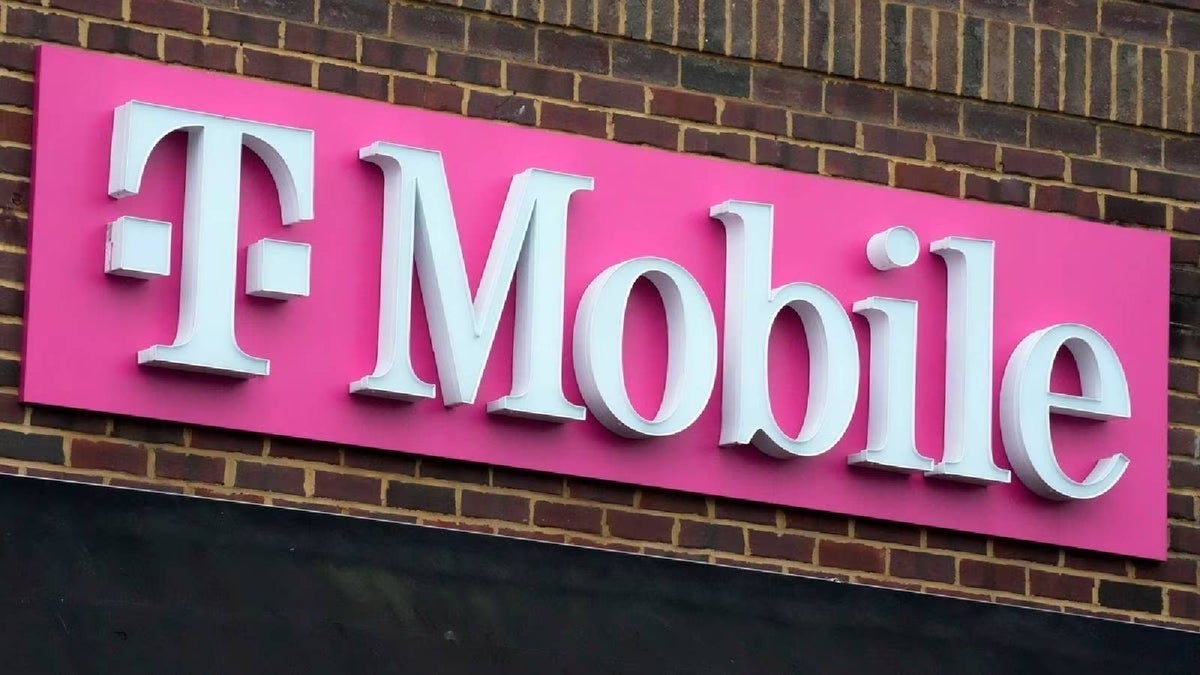Bringing an Obscure Apple Operating System to Modern Hardware
During Apple’s late-90s struggles with profitability, it made a few overtures toward licensing its software to other computer manufacturers, while at the same time trying to modernize its operating system, …read more


During Apple’s late-90s struggles with profitability, it made a few overtures toward licensing its software to other computer manufacturers, while at the same time trying to modernize its operating system, which was threatening to slip behind Windows. While Apple eventually scrapped their licensing plans, an interesting product of the situation was Rhapsody OS. Although Apple was still building PowerPC computers, Rhapsody also had compatibility with Intel processors, which [Omores] put to good use by running it on a relatively modern i7-3770 CPU.
[Omores] selected a Gigabyte GA-Z68A-D3-B3 motherboard because it supports IDE emulation for SATA drives, a protocol which Rhapsody requires. The operating system installer needs to run from two floppy disks, one for boot and one for drivers. The Gigabyte motherboard doesn’t support a floppy disk drive, so [Omores] used an older Asus P5E motherboard with a floppy drive to install Rhapsody onto an SSD, then transferred the SSD to the Gigabyte board. The installation initially had a kernel panic during installation caused by finding too much memory available. Limiting the physical RAM available to the OS by setting the maxmem value solved this issue.
After this, the graphical installation went fairly smoothly. A serial mouse was essential here, since Rhapsody doesn’t support USB. It detected the video card immediately, and eventually worked with one of [Omores]’s ethernet cards. [Omores] also took a brief look at Rhapsody’s interface. By default, there were no graphical programs for web browsing, decompressing files, or installing programs, so some command line work was necessary to install applications. Of course, the highlight of the video was the installation of a Doom port (RhapsoDoom).
This isn’t the first obscure Apple operating system we’ve seen; some of them have even involved updates to Apple’s original releases. We’ve also seen people build Apple hardware.
Thanks to [Stephen Walters] for the tip!






















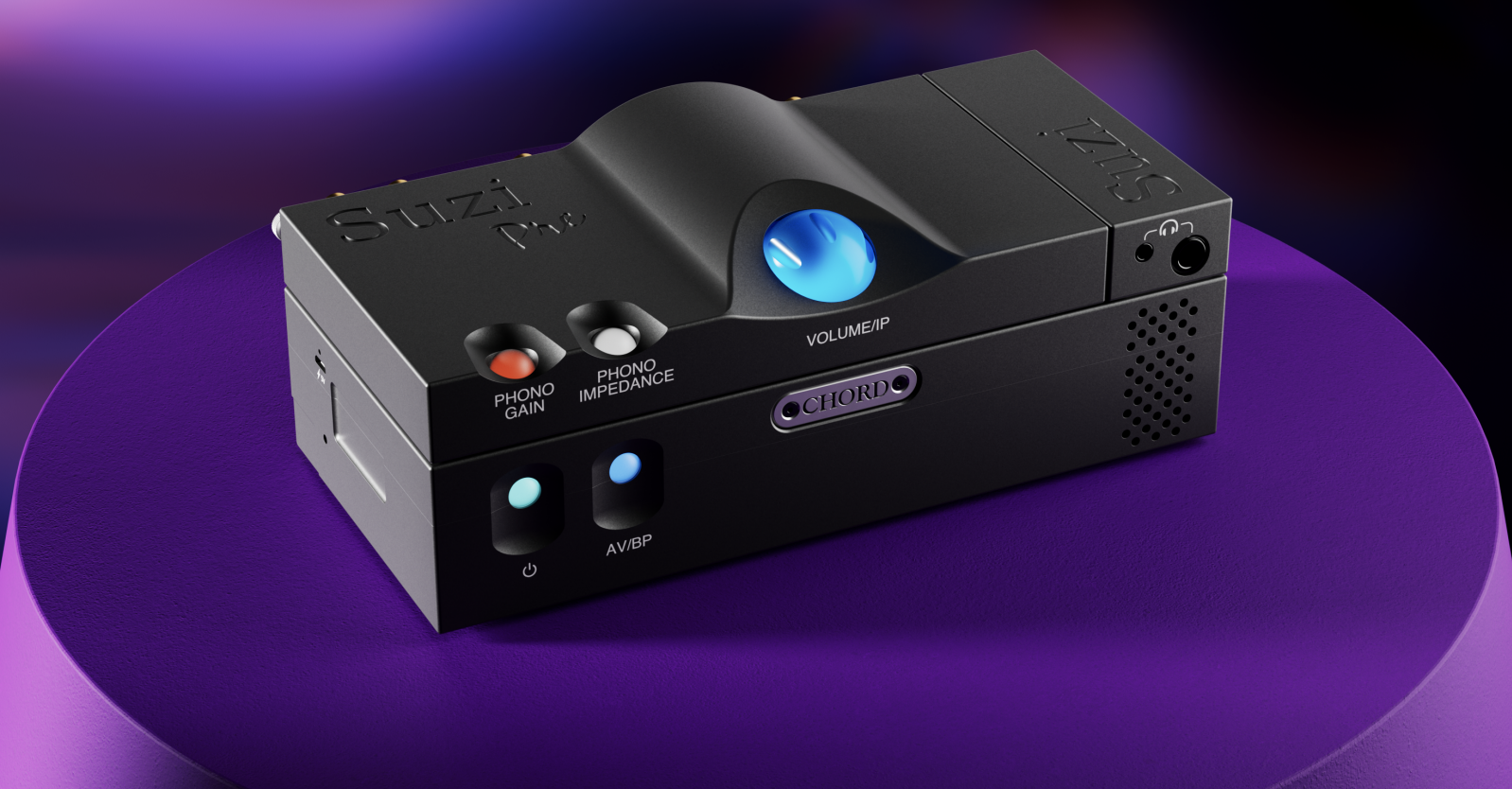








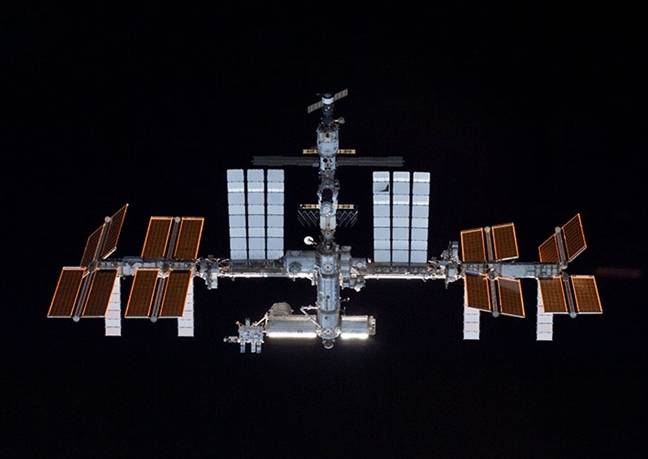





































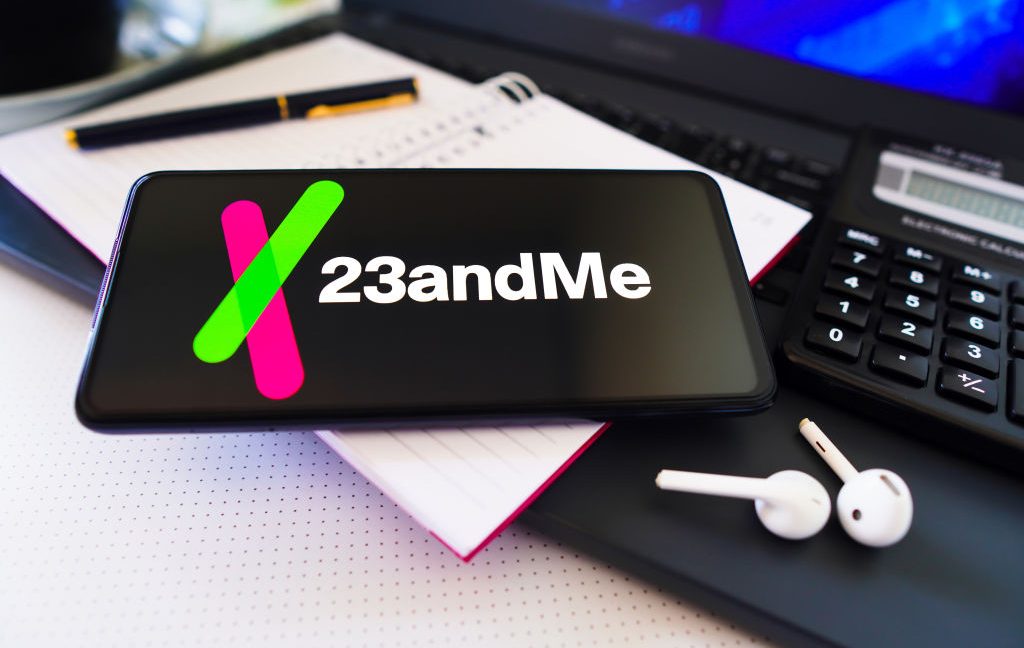
















































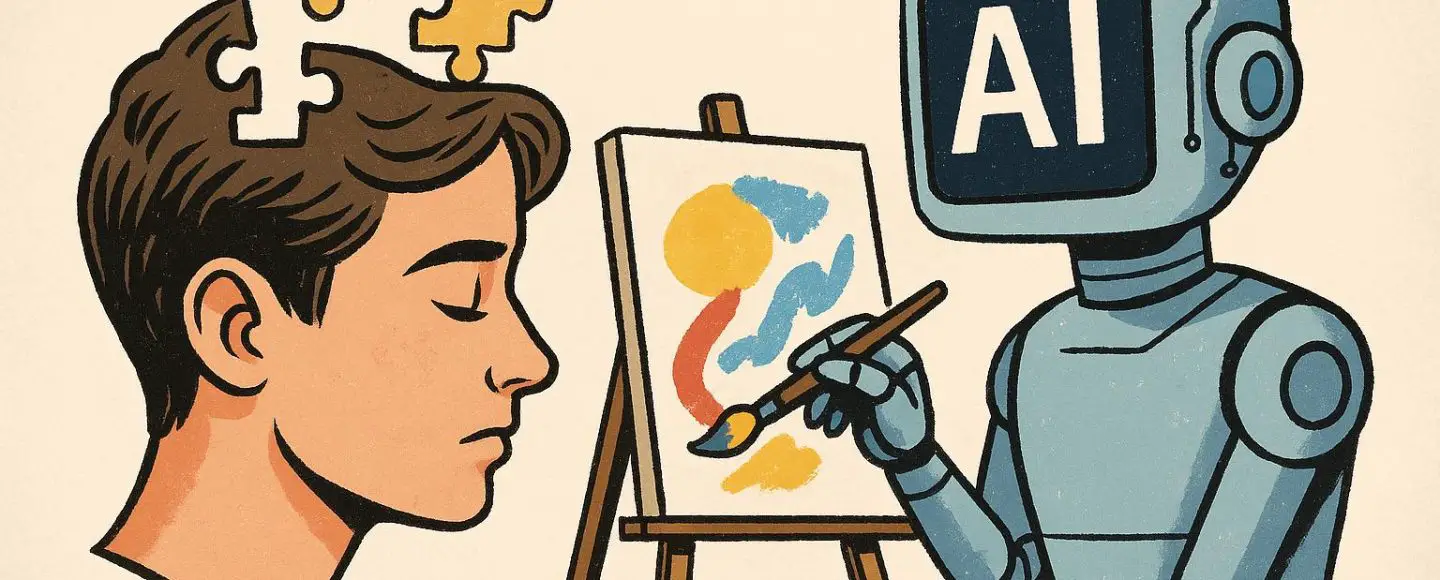
























































![[The AI Show Episode 152]: ChatGPT Connectors, AI-Human Relationships, New AI Job Data, OpenAI Court-Ordered to Keep ChatGPT Logs & WPP’s Large Marketing Model](https://www.marketingaiinstitute.com/hubfs/ep%20152%20cover.png)
























































































































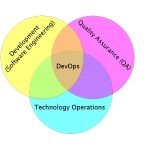





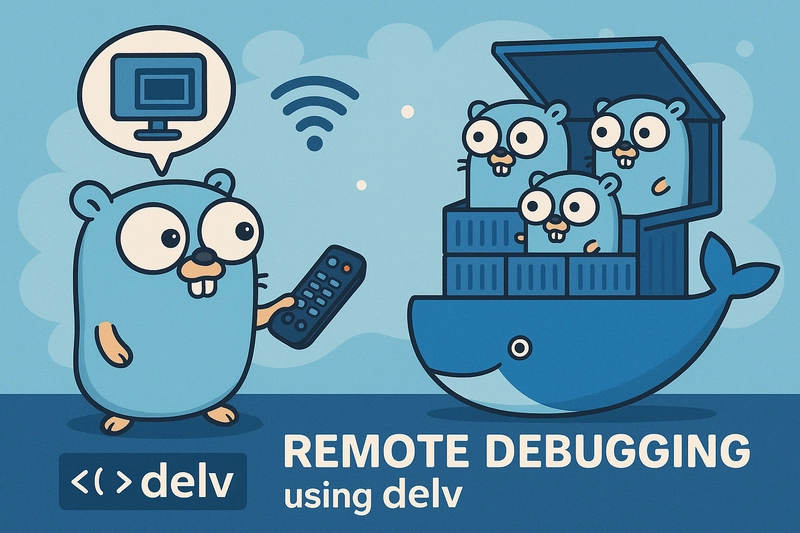




































































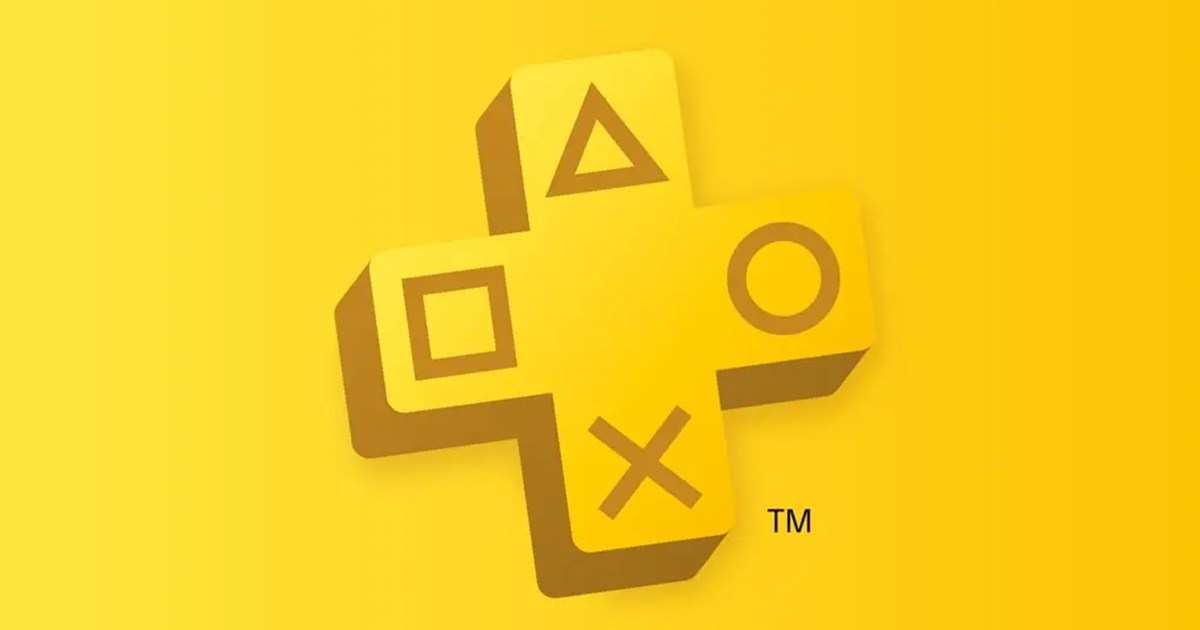












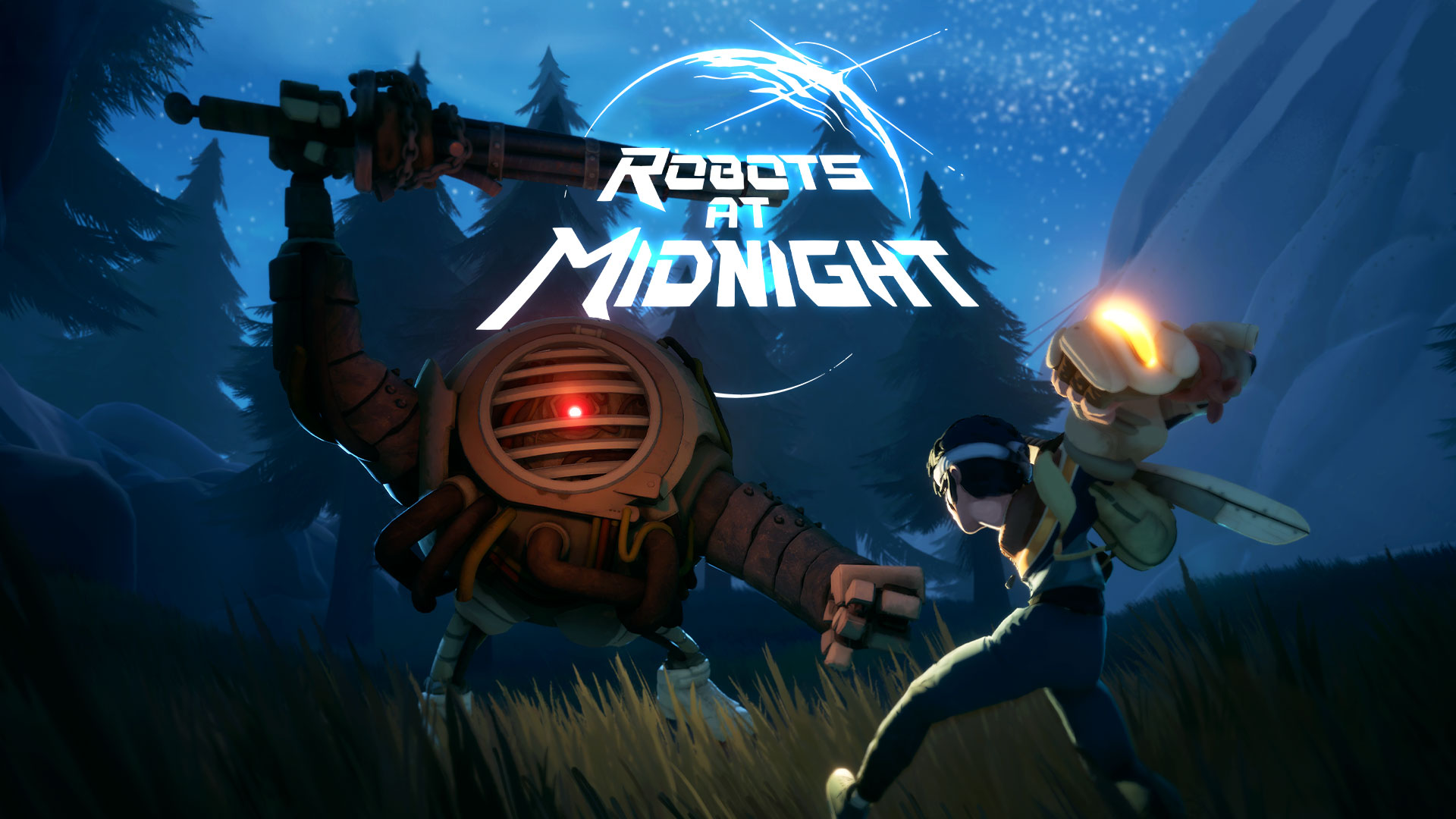


















































_Alexander-Yakimov_Alamy.jpg?width=1280&auto=webp&quality=80&disable=upscale#)
_Zoonar_GmbH_Alamy.jpg?width=1280&auto=webp&quality=80&disable=upscale#)











































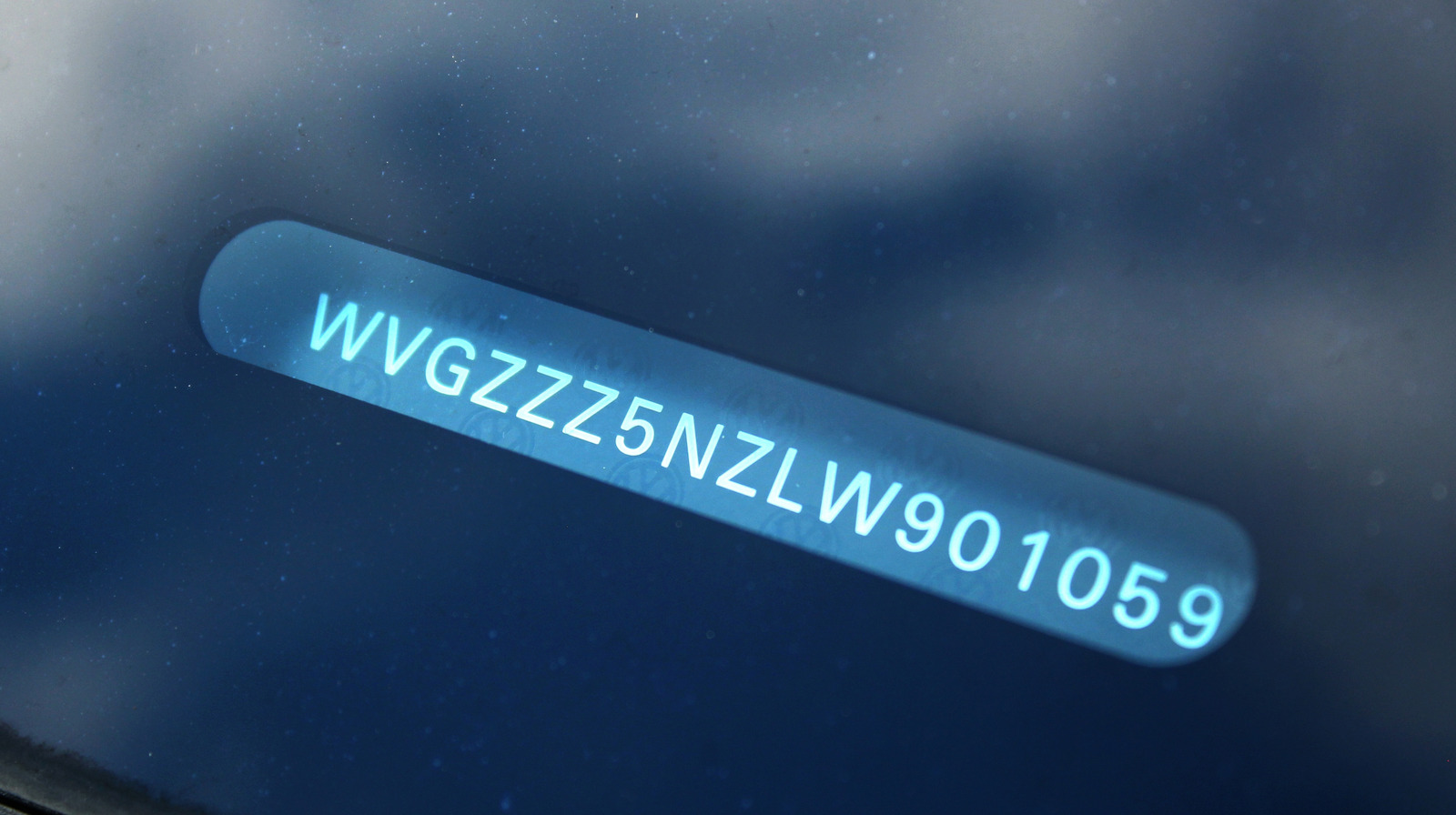







































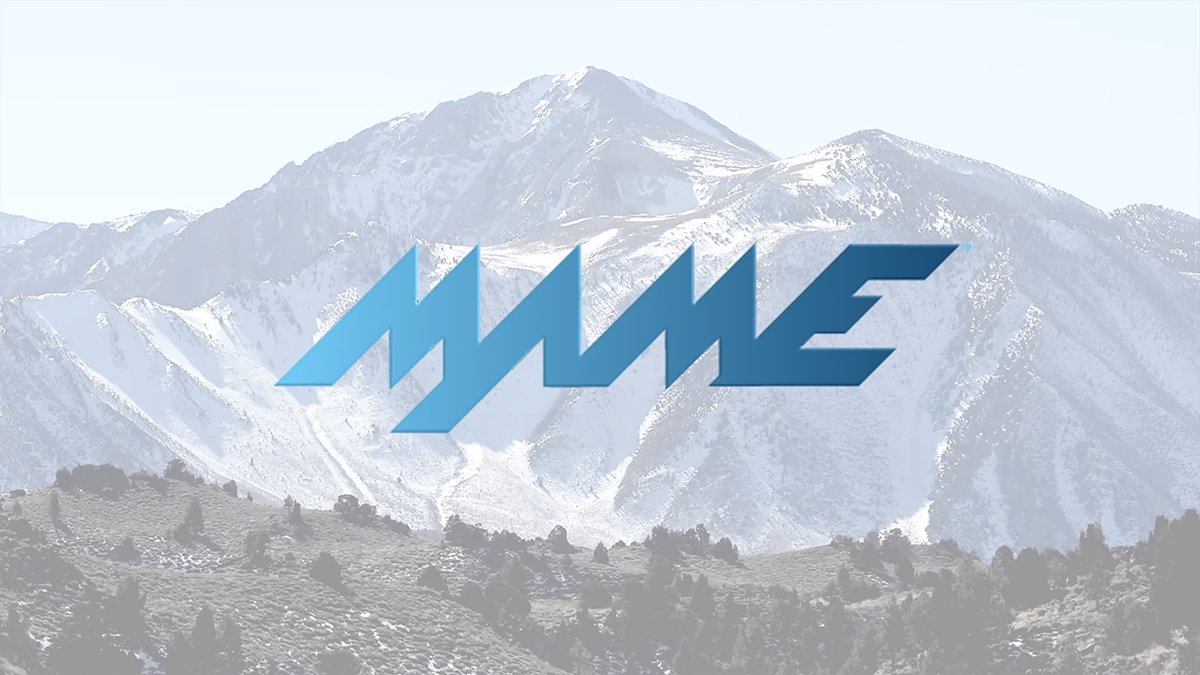

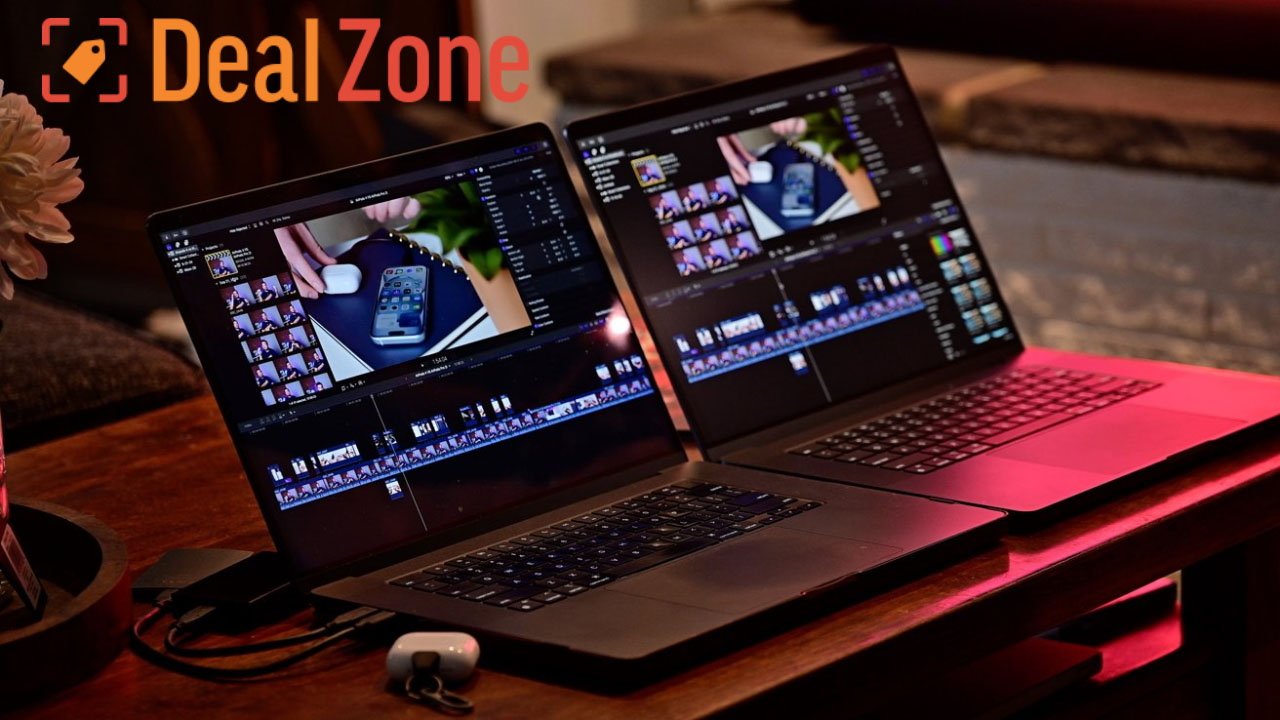
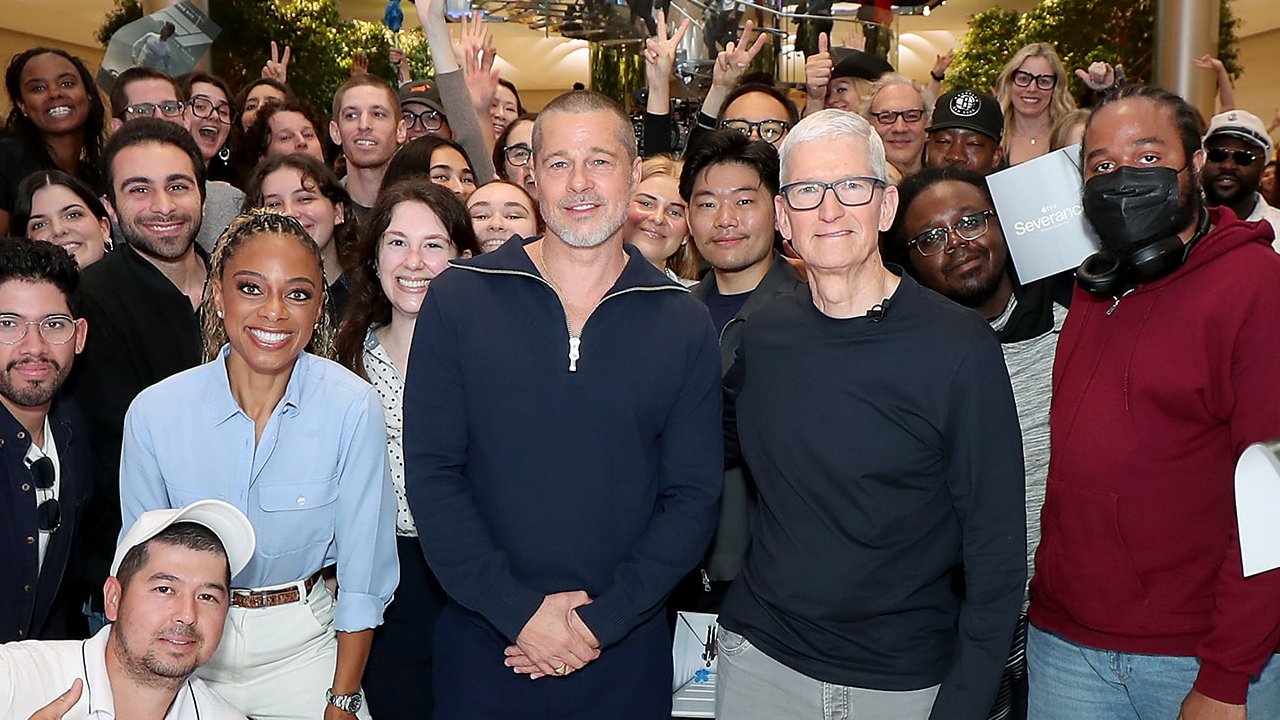
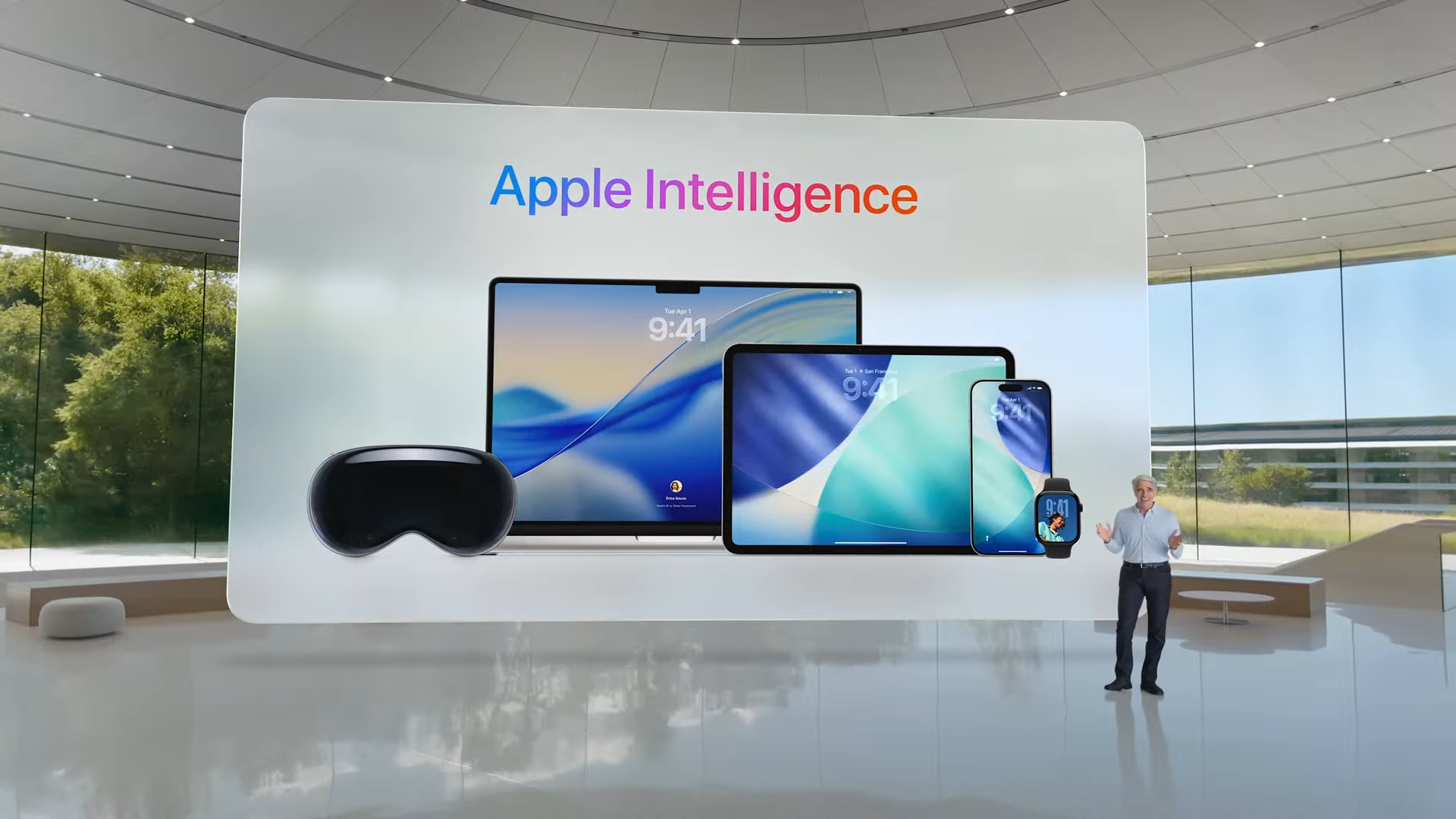
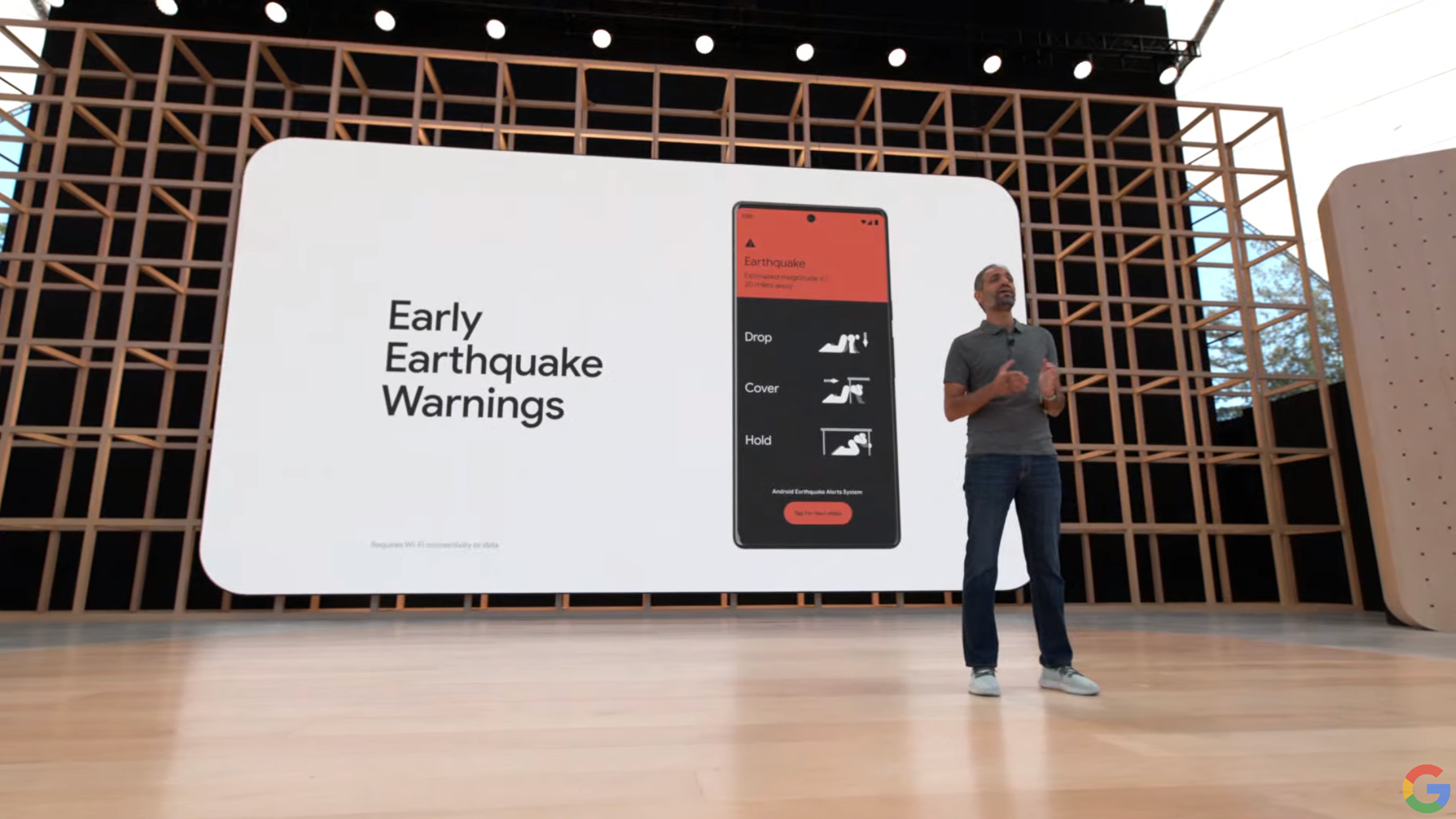

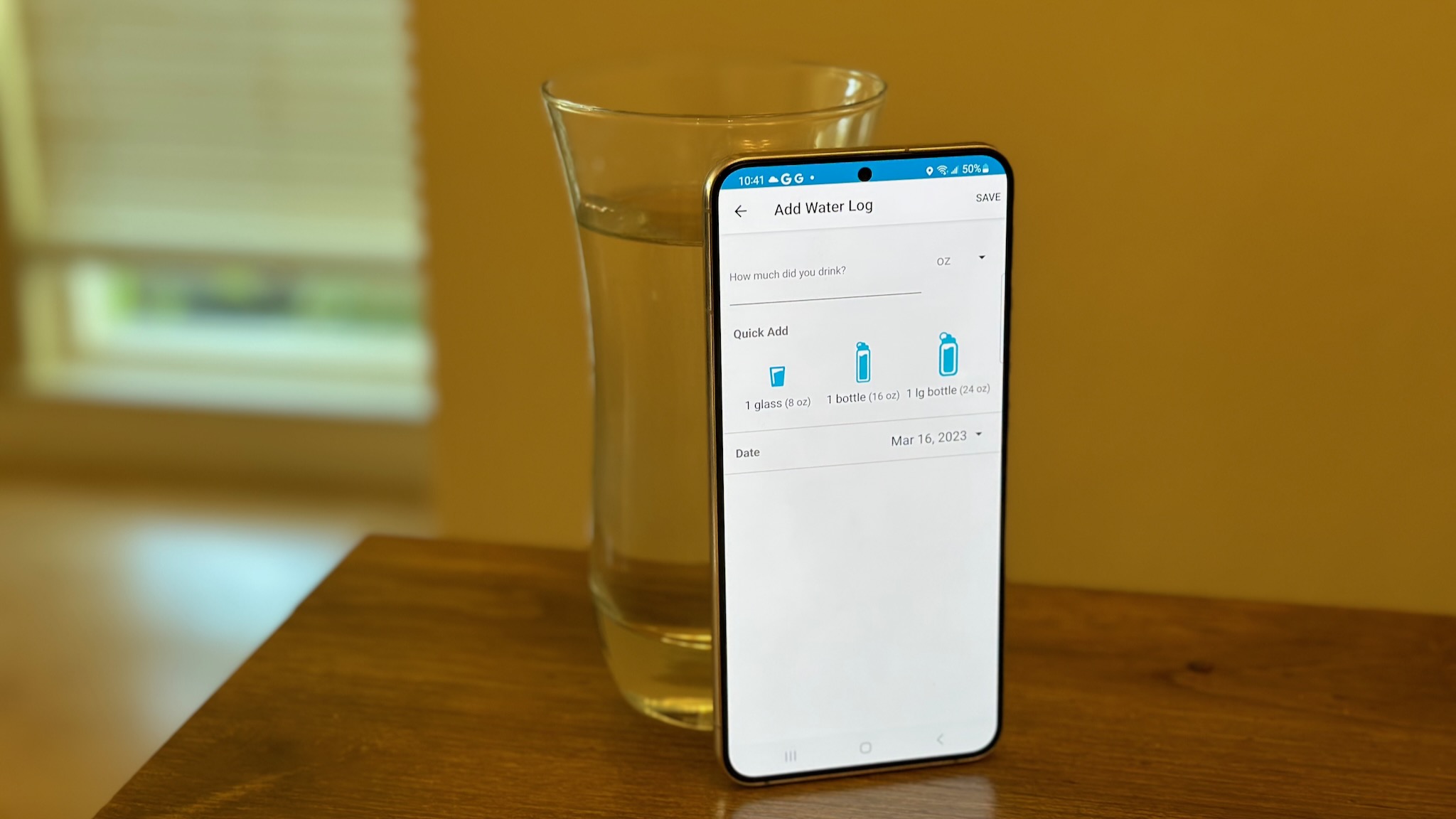

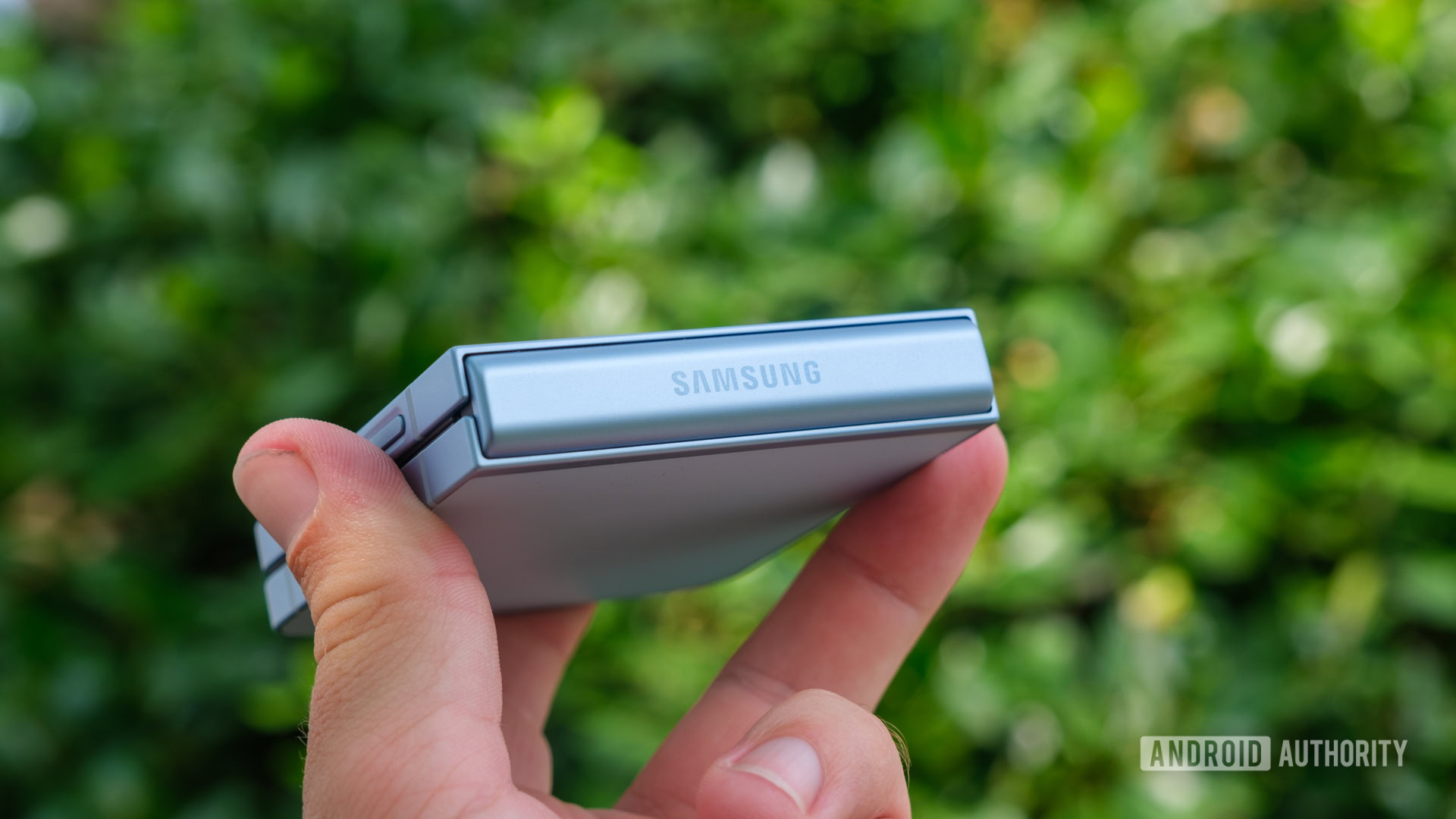



![Meta AI app ‘a privacy disaster’ as chats unknowingly made public [U: Warning added]](https://i0.wp.com/9to5mac.com/wp-content/uploads/sites/6/2025/06/Meta-AI-app-a-privacy-disaster-as-chats-inadvertently-made-public.jpg?resize=1200%2C628&quality=82&strip=all&ssl=1)

![OnePlus Pad Lite officially teased just as its specs leak [Gallery]](https://i0.wp.com/9to5google.com/wp-content/uploads/sites/4/2025/06/oneplus-nord-pad-lite-lineup-1.jpg?resize=1200%2C628&quality=82&strip=all&ssl=1)














![AirPods Pro 3 Not Launching Until 2026 [Pu]](https://www.iclarified.com/images/news/97620/97620/97620-640.jpg)
![Apple Releases First Beta of iOS 18.6 and iPadOS 18.6 to Developers [Download]](https://www.iclarified.com/images/news/97626/97626/97626-640.jpg)
![Apple Seeds watchOS 11.6 Beta to Developers [Download]](https://www.iclarified.com/images/news/97627/97627/97627-640.jpg)
![Apple Seeds tvOS 18.6 Beta to Developers [Download]](https://www.iclarified.com/images/news/97628/97628/97628-640.jpg)

















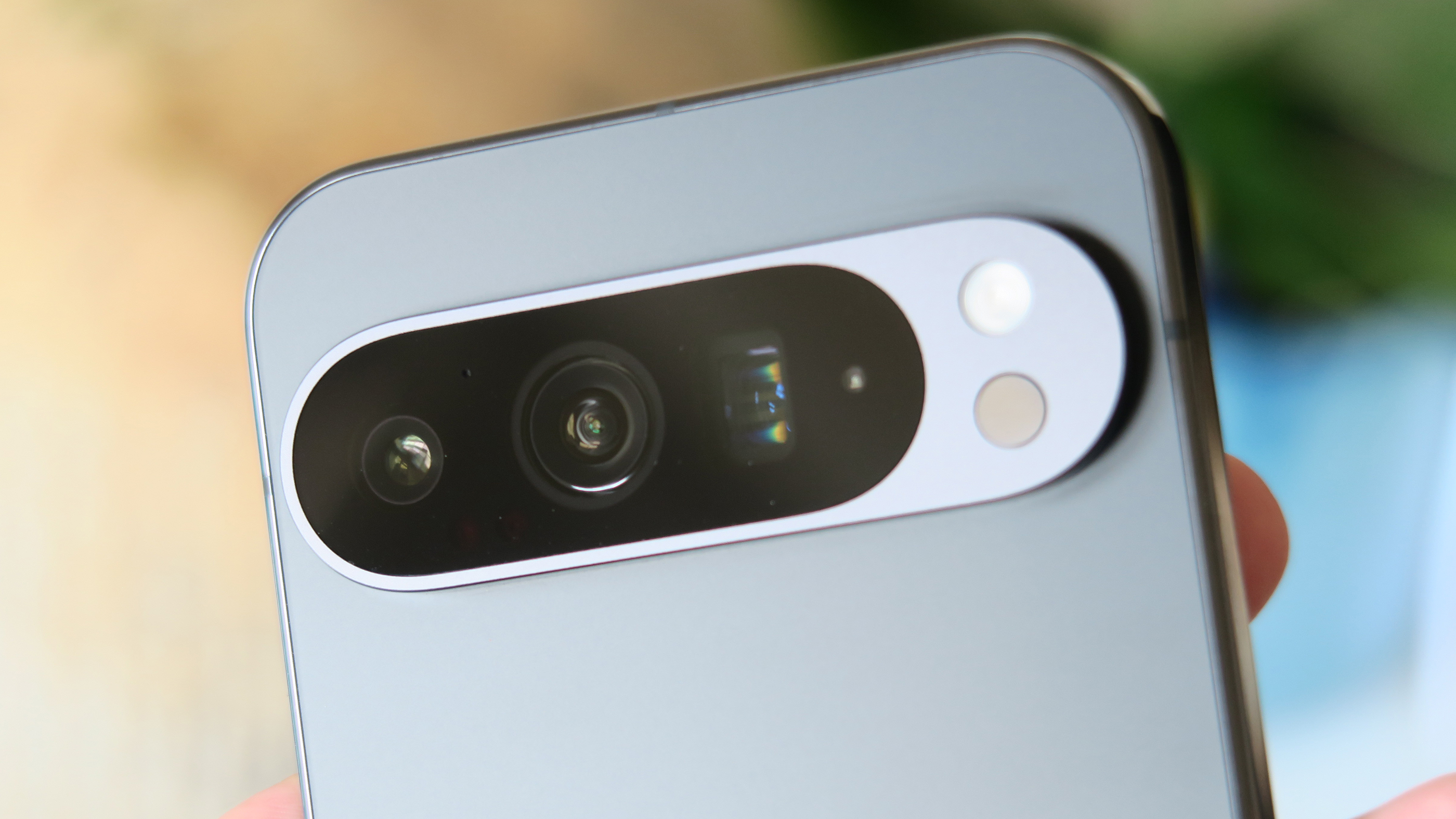



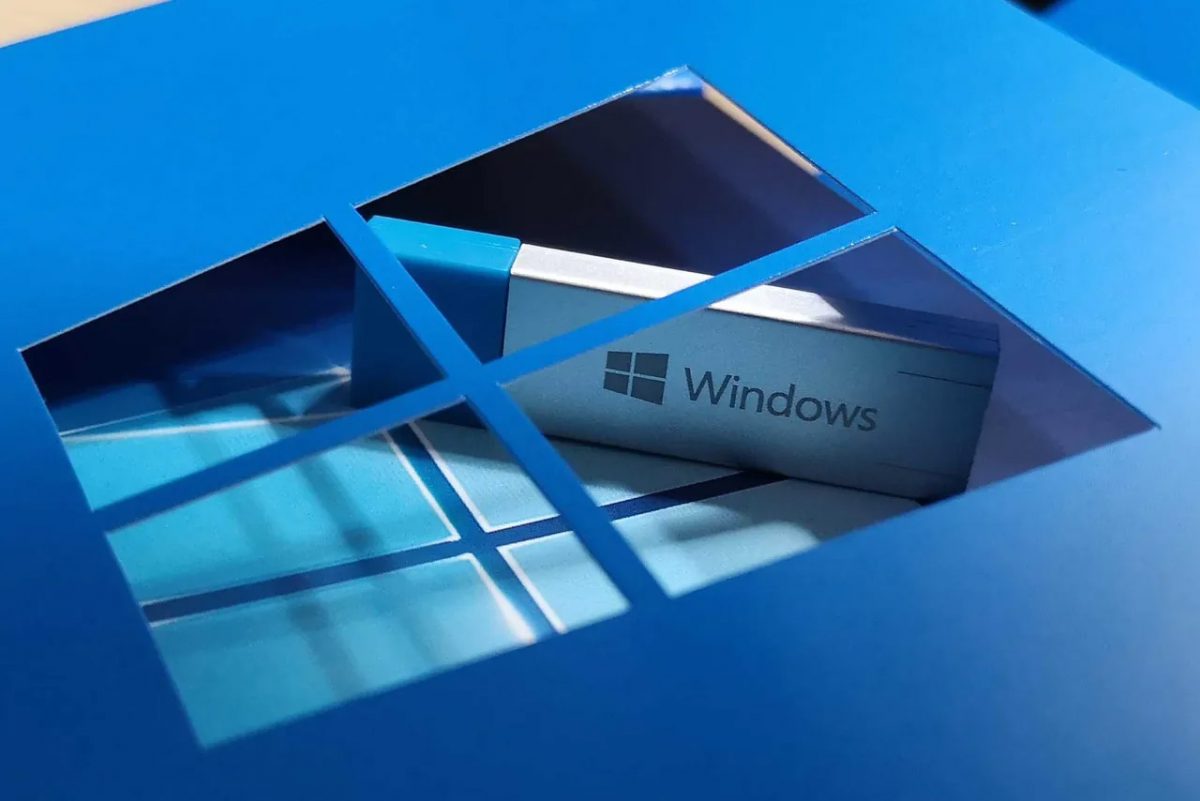



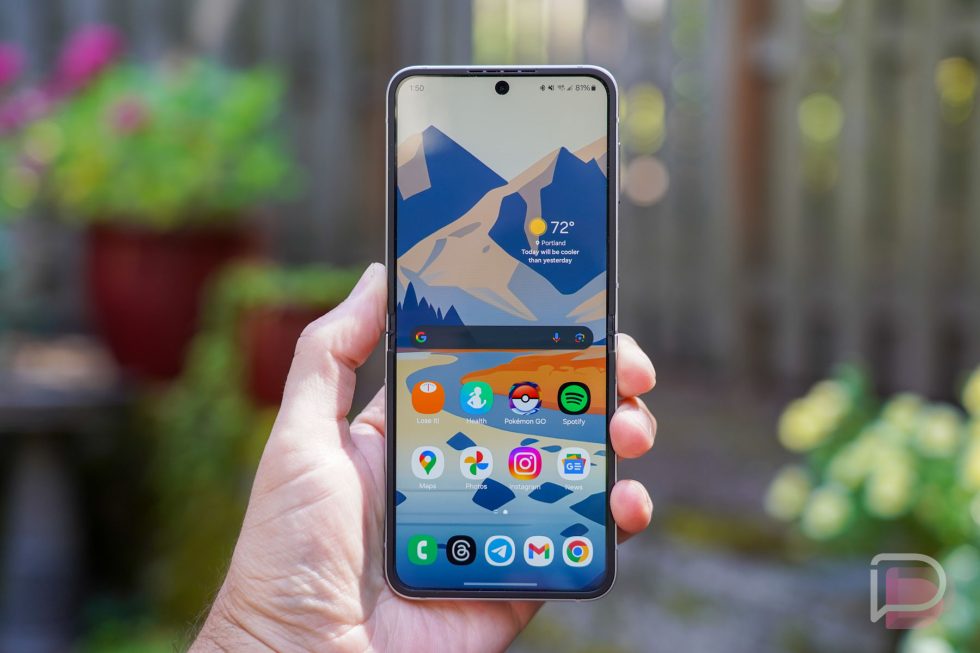













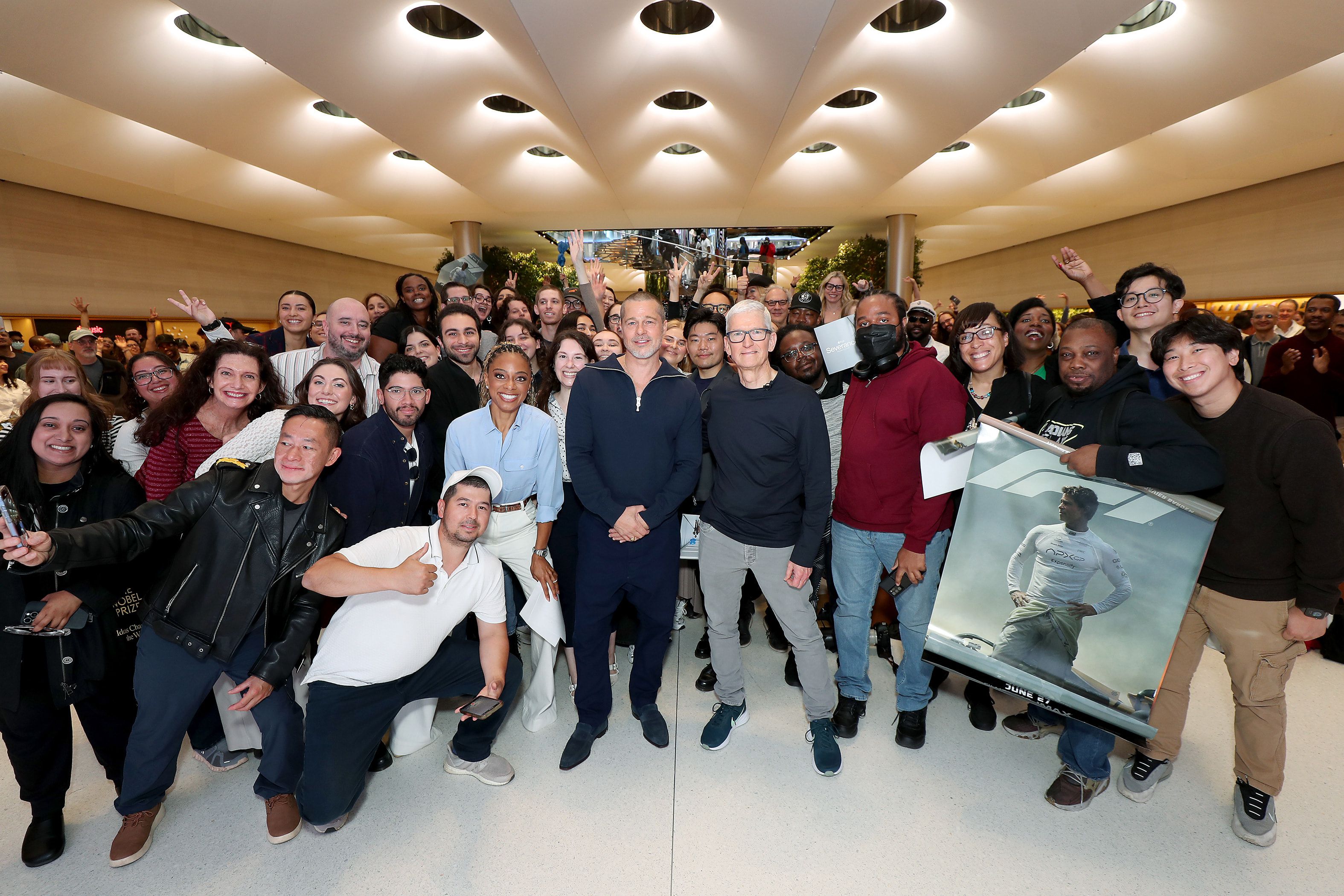
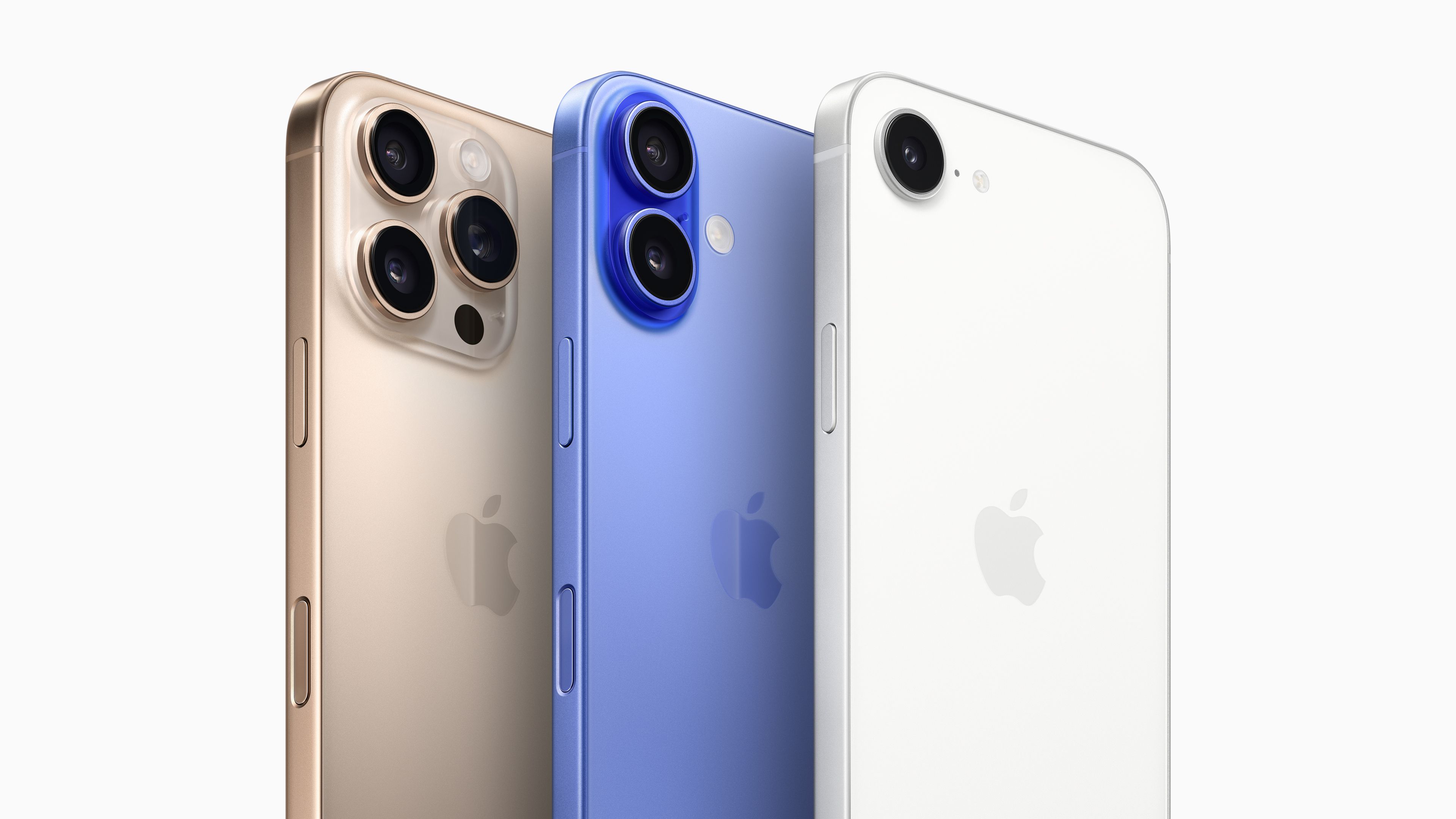
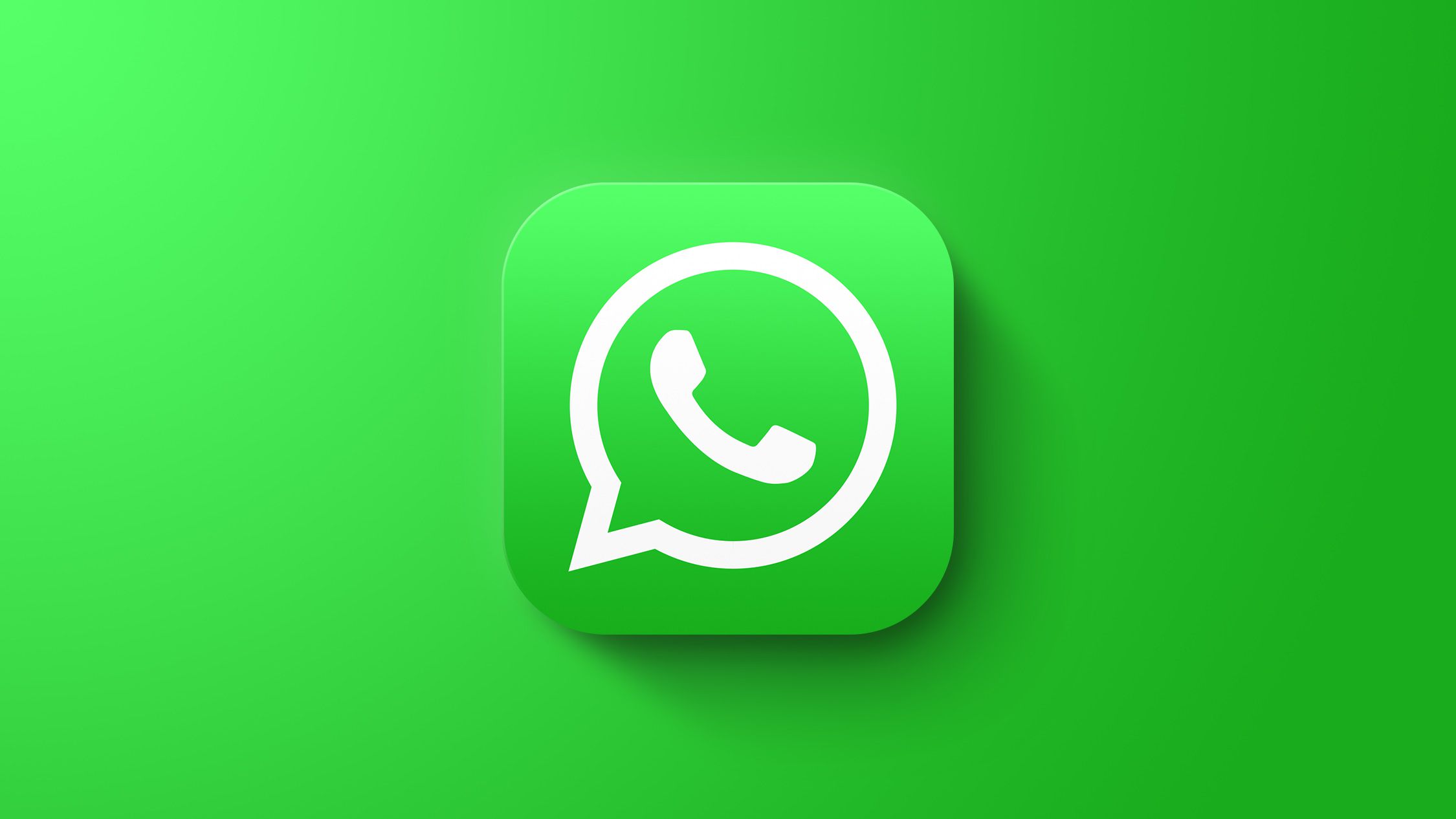
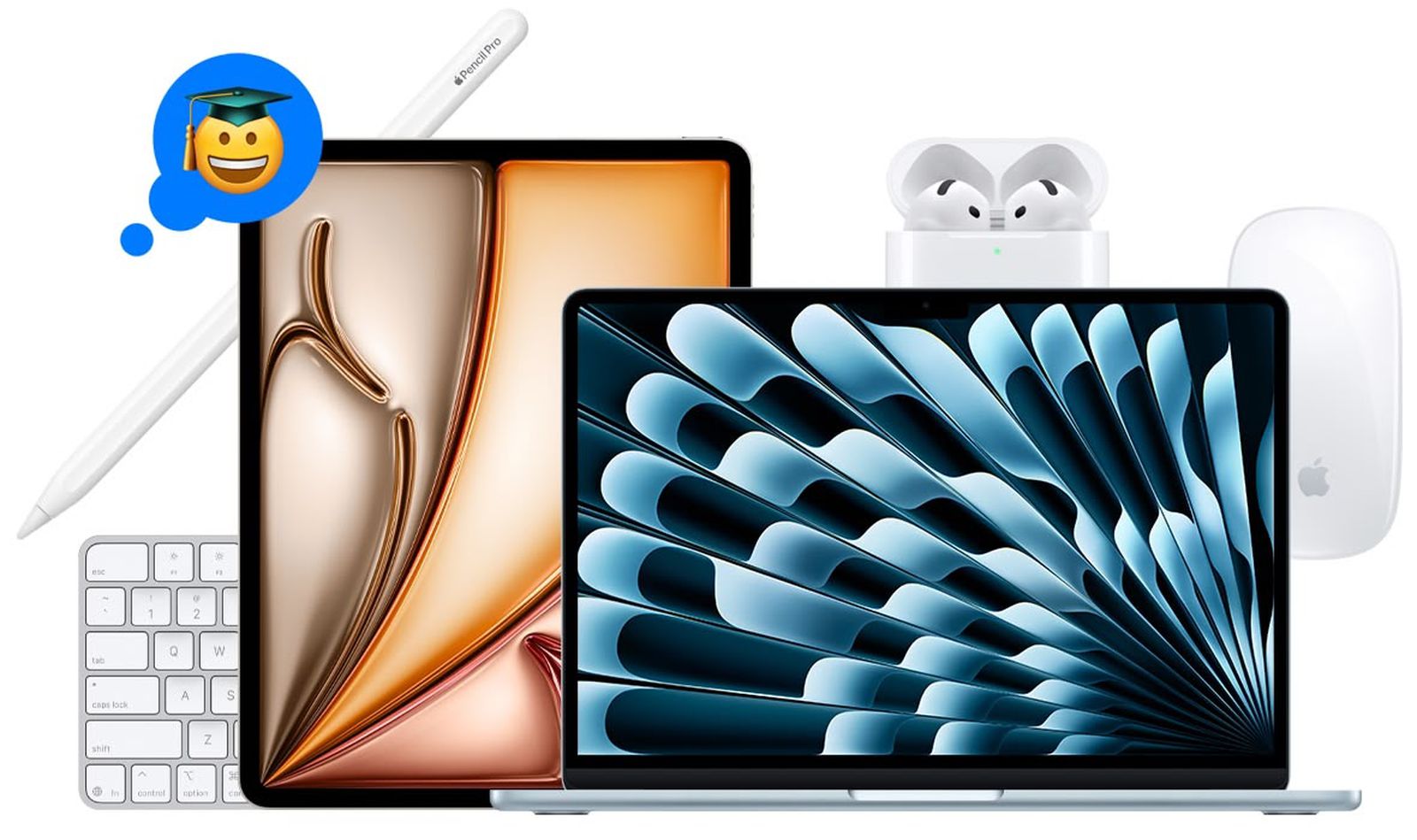





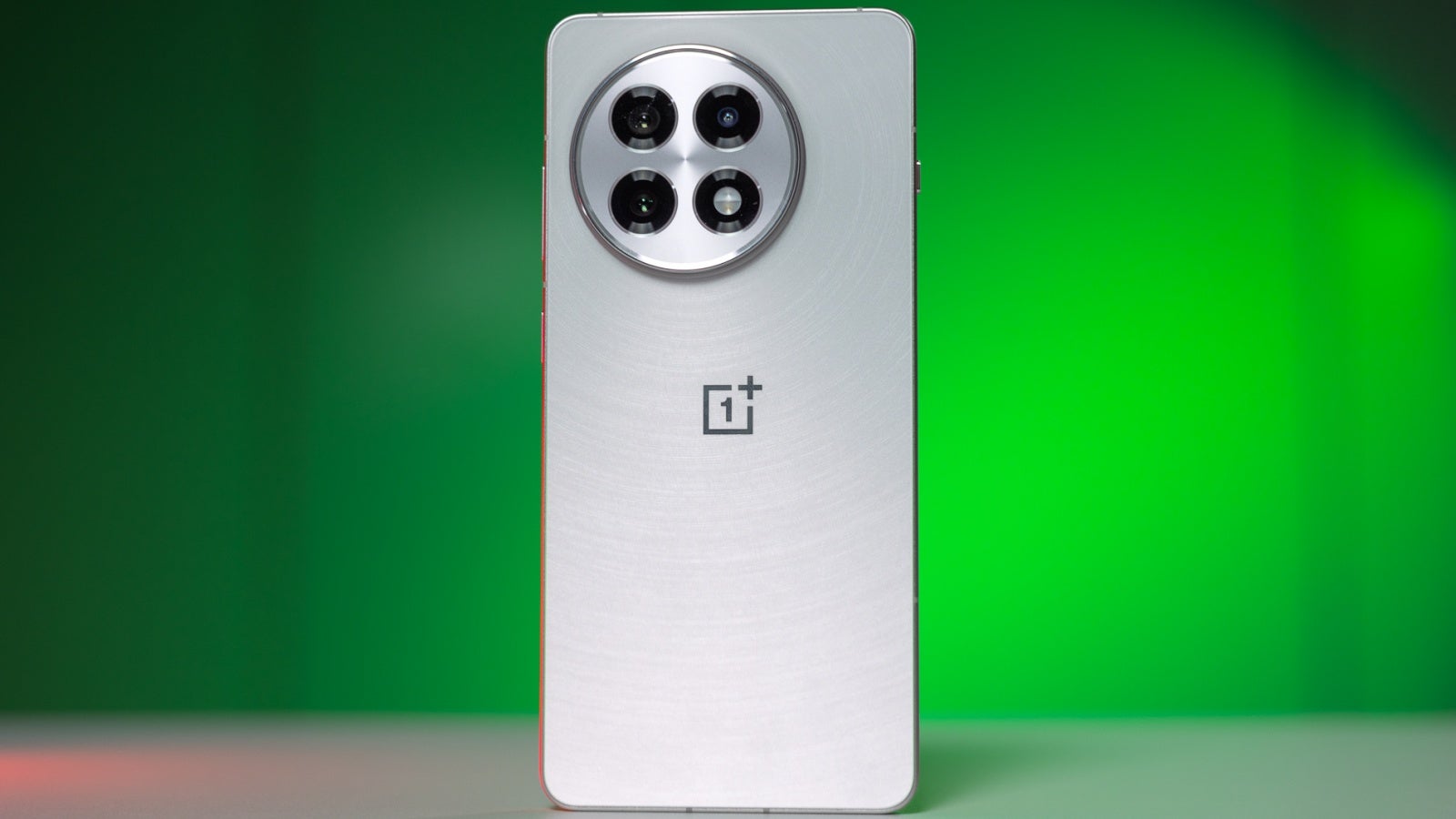
![Nothing Phone (3) may debut with a "flagship" chip – just not the flagship-est one [UPDATED]](https://m-cdn.phonearena.com/images/article/171412-two/Nothing-Phone-3-may-debut-with-a-flagship-chip--just-not-the-flagship-est-one-UPDATED.jpg?#)
